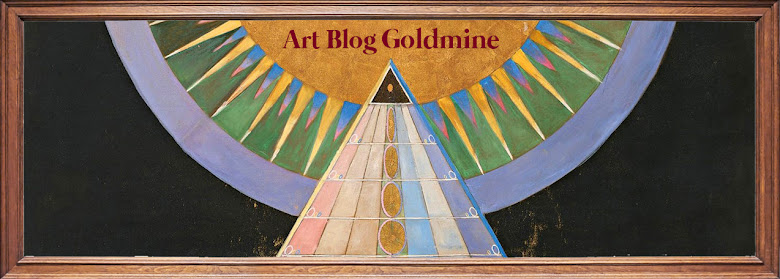To understand an artwork and appreciate it, a four-stepped procedure is required. To aid the reader’s understanding, the procedure will be explained with a painting example. The selected painting is Judith and Her Maidservant Abra with the Head of Holofernes by Artemisia Gentileschi, one of the masters of Baroque Art.
 |
| Artemisia Gentileschi, Judith and Her Maidservant Abra with the Head of Holofernes, 1645-1650, Oil on canvas, Farnese Collection |
1. read basic information about the artwork
Artwork description often includes title, artist, and year. Sometimes a description is also included. Reading is recommended, as it provides further information for understanding.
2. observe the physical form of the artwork and interpret it with visual categories
- visual categories: genre, subject, and technique
The genre of this artwork is painting. The subject of the painting is the aftermath of Judith successfully beheading the Assyrian chief invader, Holofernes, of her land, Israelite city of Bethulia. In a dimly lit room, Judith grips a bejeweled sword firmly with her right hand and blocks candlelight with her left hand, as if blocking it would curtain the murder. Abra, Judith’s servant, gazes toward Judith while covering the head of Holofernes with a blood-stained fabric. Story depicted in the scene is from Old Testament of Book of Judith. In the story, Holofernes threatens to siege Judith’s home. Before his attack, Judith enters Holofernes’ tent stealthily and successfully assassinates the drunken general.
As recognizing the portrayed scene of a biblical tale, viewers would concurrently marvel at the sensible charms of the painting. The materialistic pleasure from seeing visually pleasing elements is naturally incurred at this very moment. Pleasure arising before rational interpretation is normal.
Proceeding to interpretation, Gentileschi incorporates techniques to realize those charms. Voluptuous fabric folds and plump depictions of figures ooze sensuality. A sumptuous color scheme further enhances the visual impact. The region of interest, Judith and Abra, is cast with rim lights against a dark background. Gentileschi masterfully captures the emotionally tense moment by rendering the subject with realism and creating dramatic contrast between light and dark areas. Such technique of treating light and dark areas to create contrast is called chiaroscuro and it was devised by Caravaggio, an influential Baroque Art master.
- conceptual categories: theme, intention, and period
The theme represented by story of Judith is courage and sacrifice. To save her homeland, heroine bravely takes up intimidating duty of assassinating chief invader. Though she is uncertain about outcome of her duty, she is determined to sacrifice her life for the common good. The concept behind the subject teaches audience to decide courageously during times of confusion and admire the virtue of sacrifice.
The intention of the artwork is impossible to trace; information about the patron and the reason for the commission is unavailable. However, speculating from the period when it was painted, Gentileschi painted the story of Judith assassinating Holofernes to support the Catholic Church re-establishing its authority.
During mid 16th century in Europe, Catholic Church initiated Counter-Reformation to re-establish its dominance over Protestants rose to power during Protestant Reformation. Catholic Church implemented several art and culture policies to bring back images of worship to the public. Patronage from Catholic Church accelerated the growth of Baroque Art. To serve the propagandist role, large-scale works of public art were painted on monumental walls, ceilings, and vaults of churches and palaces.
Intellectual pleasure, contrasting to materialistic pleasure, is attained after understanding imitation, and historical context.



No comments:
Post a Comment